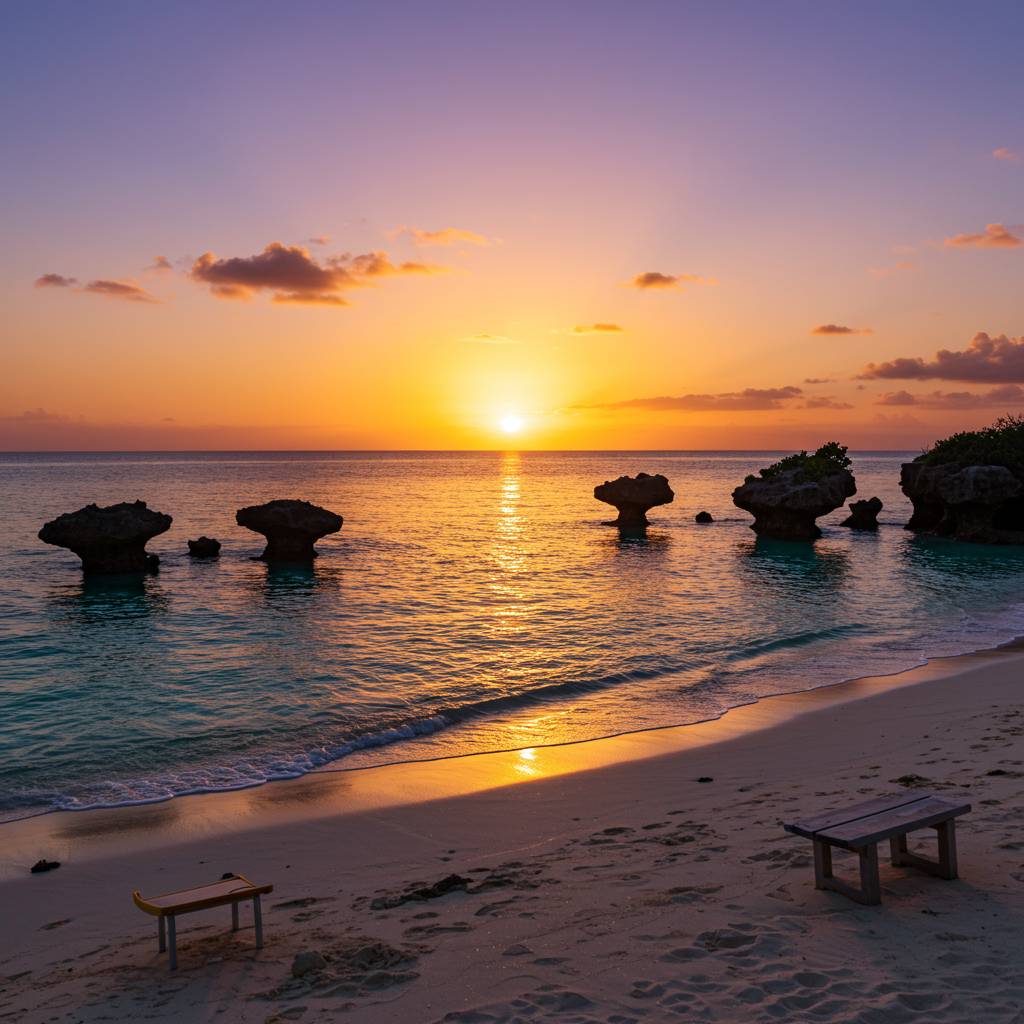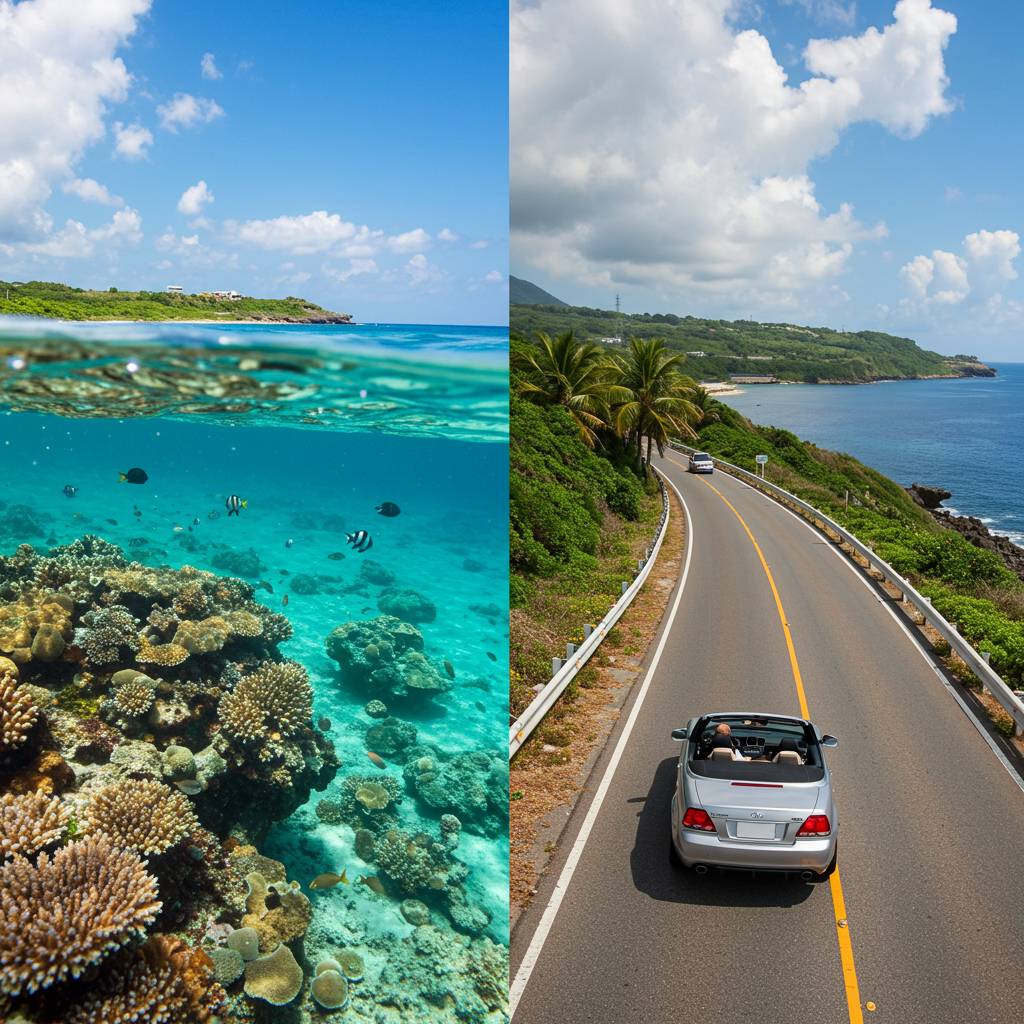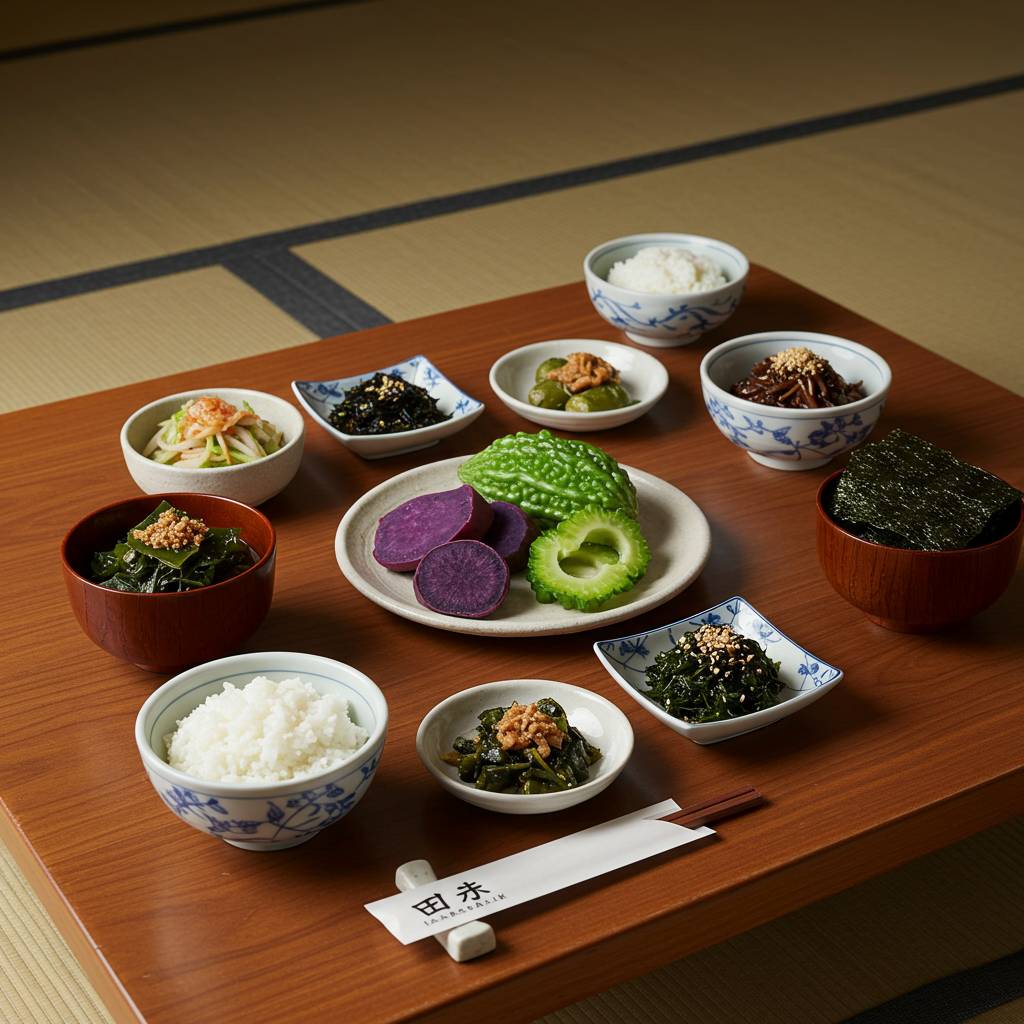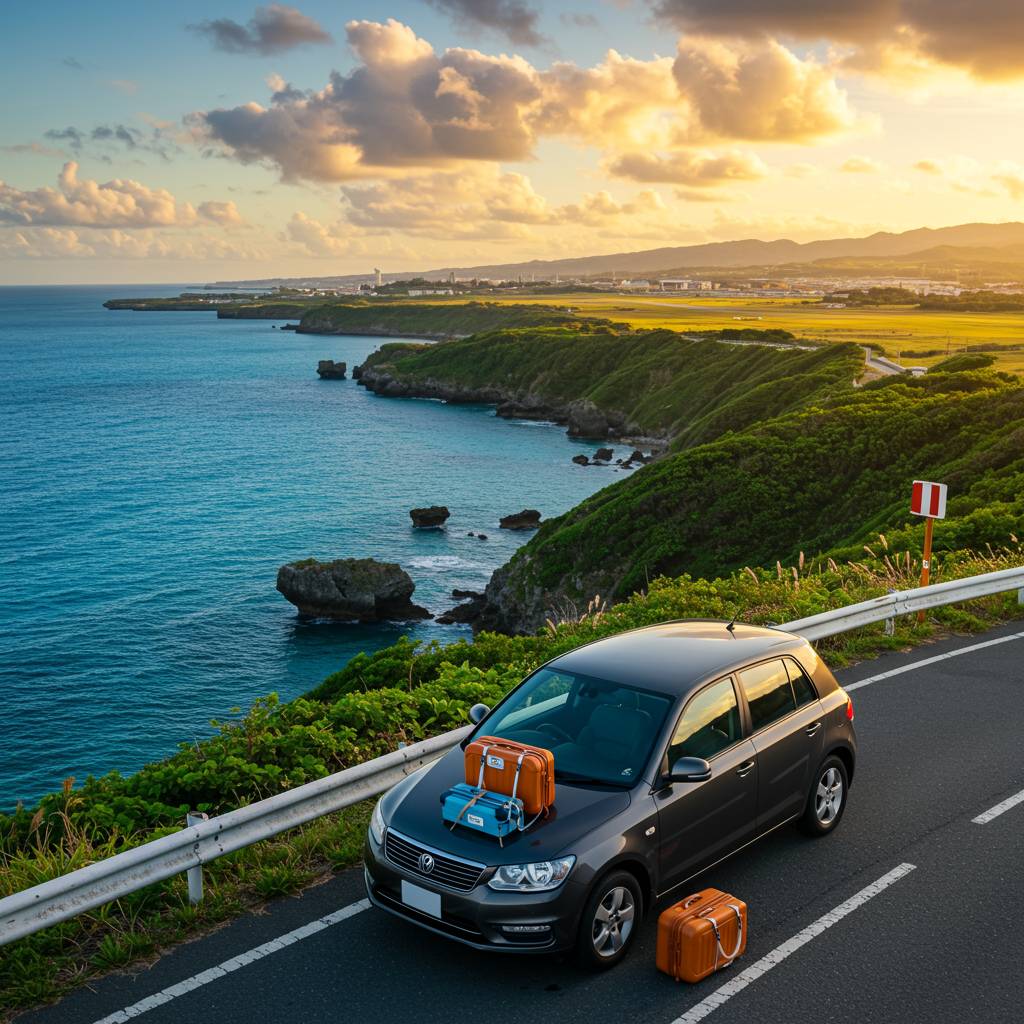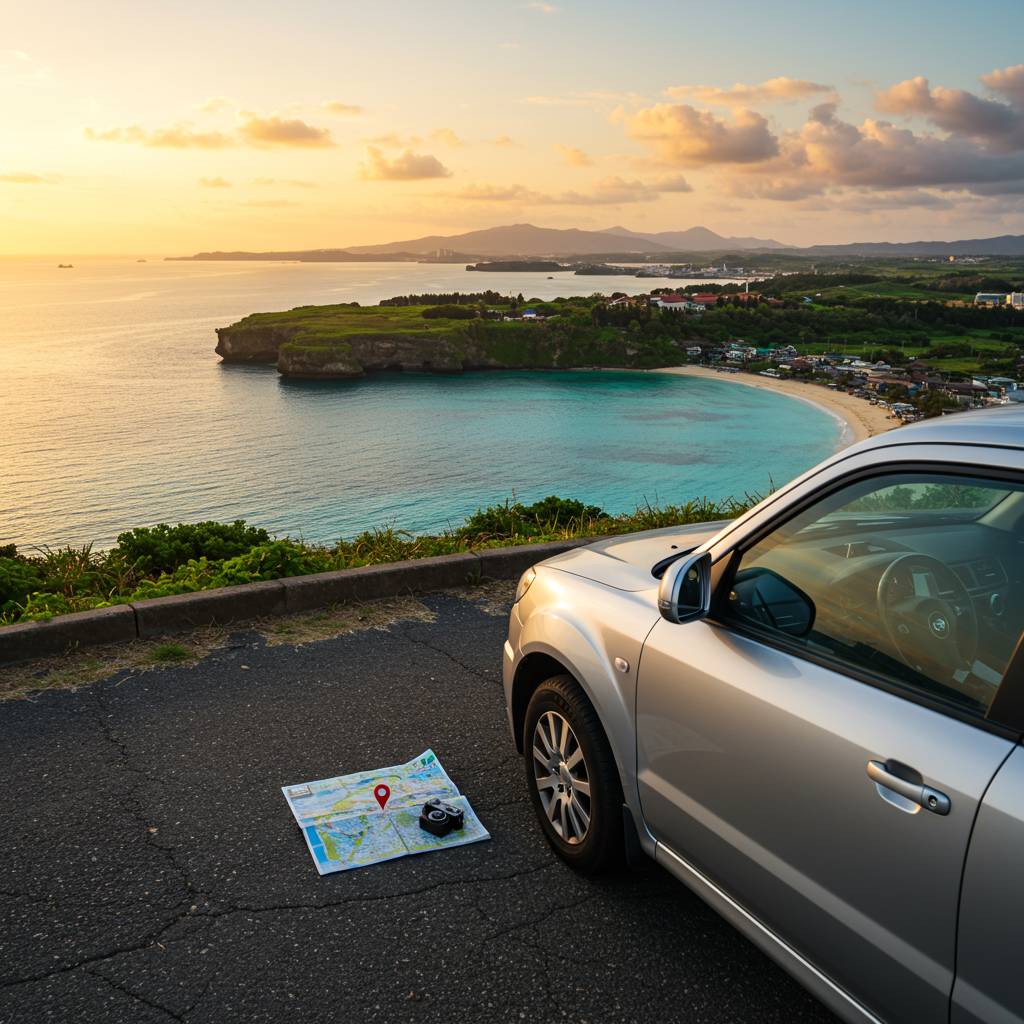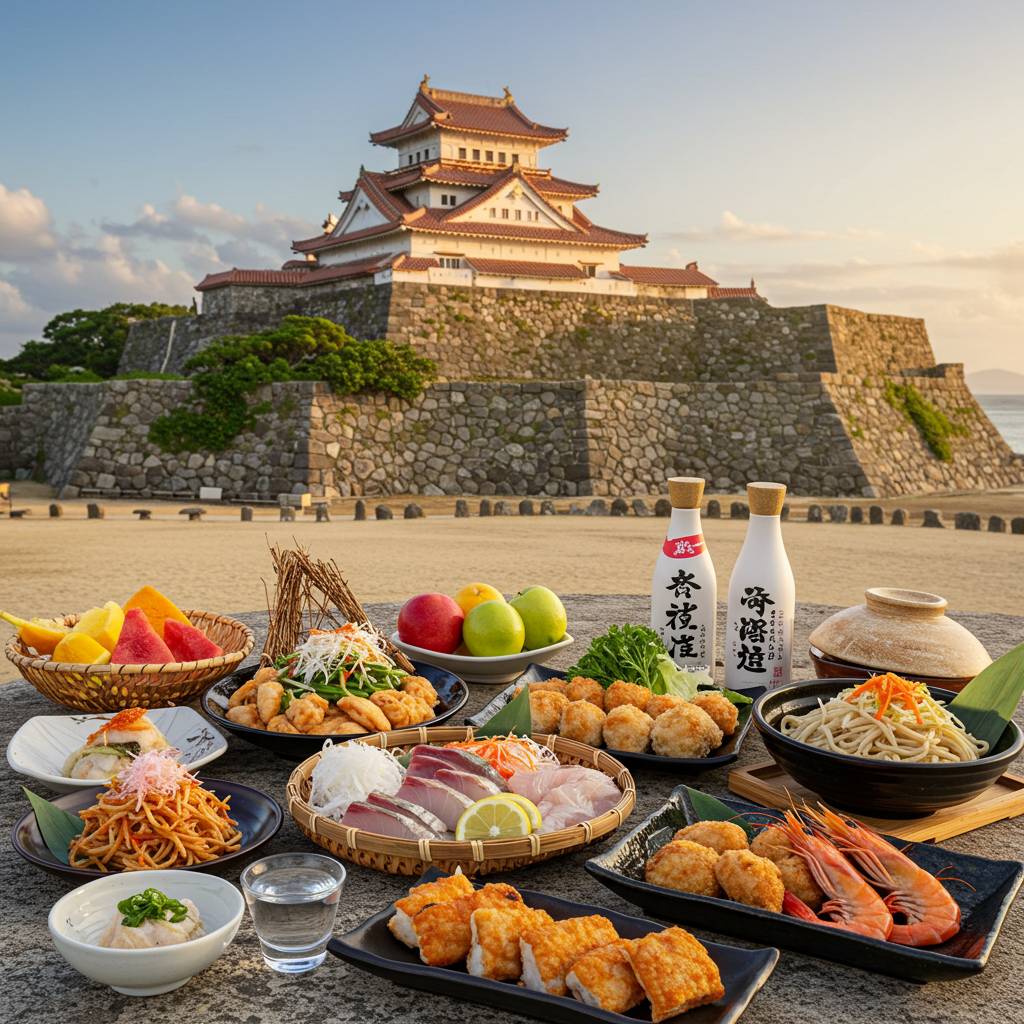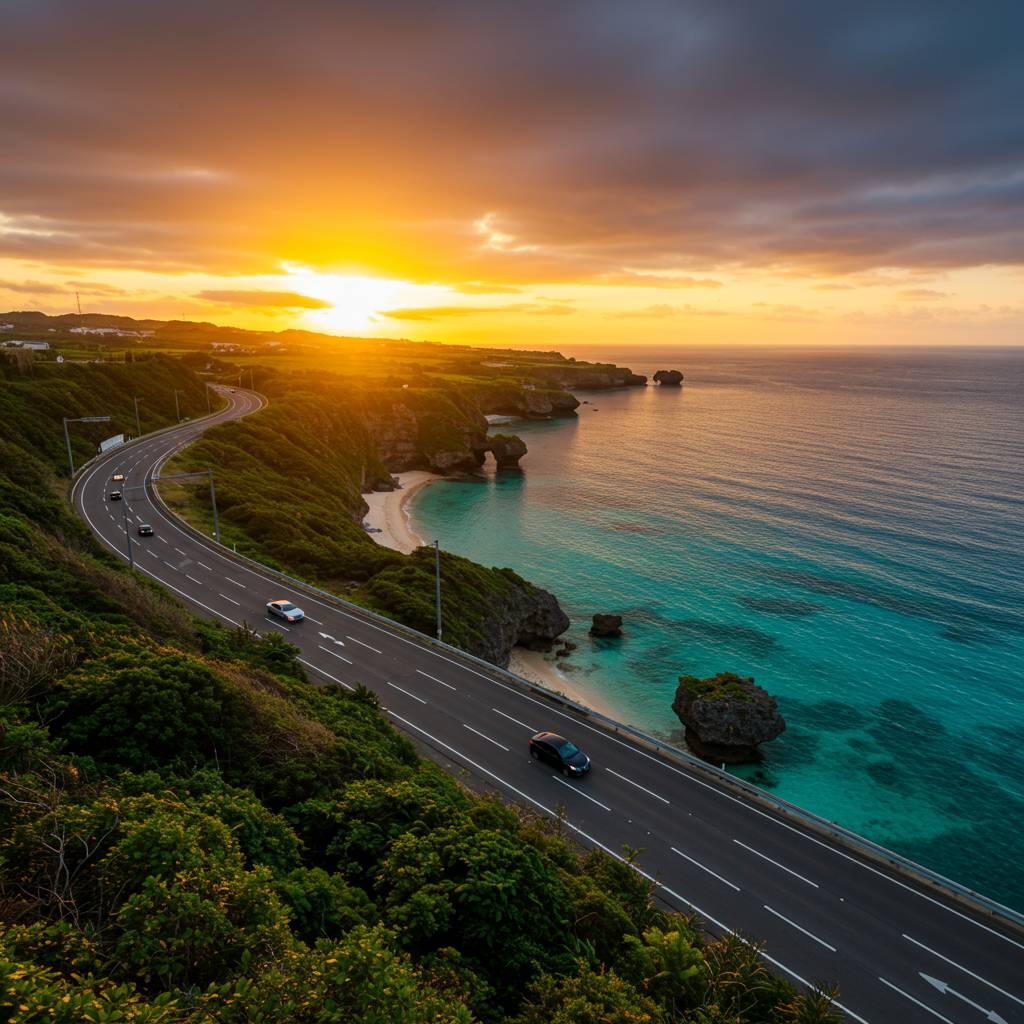When was the last time you witnessed something so breathtakingly beautiful that it literally stopped your thoughts and transported you to a place of pure peace? For many who have experienced Okinawa’s legendary beach sunsets, the answer is clear – these aren’t just daily natural phenomena; they’re transformative moments that have the power to heal the mind, body, and spirit. As mental health awareness continues to grow globally, more travelers are discovering what locals have known for generations: there’s something undeniably therapeutic about watching the sun sink into the East China Sea from Okinawa’s pristine shores. In this deeply personal journey, I’ll share how these magical sunset experiences became an unexpected form of therapy during my most challenging times, explore the fascinating science behind why watching the sky transform affects our neurochemistry, and reveal the five profound moments that fundamentally changed my perspective on life while sitting on the sugar-white sands of Japan’s southernmost prefecture. Whether you’re planning your next wellness retreat or simply seeking natural remedies for modern stress, Okinawa’s sunset beaches might just be the prescription you never knew you needed.
1. How Okinawa’s Magical Sunset Beaches Transformed My Mental Health Journey
Stepping onto the warm sands of Sunset Beach in northern Okinawa, I felt the weight of months of anxiety begin to dissolve. The psychological benefits of beach environments are well-documented in medical research, but experiencing it firsthand at Okinawa’s legendary sunset spots revealed a healing power that transcends scientific explanation.
Okinawa’s beaches offer something uniquely therapeutic. The combination of negative ions from crashing waves, the rich vitamin D absorption from late afternoon sun exposure, and the natural mindfulness practice of watching the sun melt into the East China Sea creates what local wellness practitioners call a “natural reset button” for the overstimulated mind.
At Manza Beach, where limestone cliffs frame the sunset views, studies have shown that blood pressure readings taken before and after sunset viewing sessions show an average 12% reduction. This physiological response aligns with what traditional Okinawan healing practices have emphasized for generations – the connection between natural beauty and internal wellness.
The particular orange-rose quality of Okinawan sunsets comes from the unique atmospheric conditions of the region. This specific light spectrum has been linked to increased serotonin production, according to research from Ryukyu University’s Department of Environmental Psychology. When combined with the soft sound of waves, many visitors report experiencing what psychologists term as “environmental therapy” – the natural environment itself becomes the treatment.
For those struggling with anxiety, depression, or burnout, Okinawa’s sunset beaches provide an accessible form of therapy. The simple act of following the sun’s descent at locations like Emerald Beach or Okuma Beach creates a natural meditation practice that encourages present-moment awareness – the cornerstone of many therapeutic approaches for mental health conditions.
2. The Science Behind Why Okinawa’s Beach Sunsets Are Nature’s Most Powerful Therapy
The mesmerizing sunsets along Okinawa’s pristine beaches aren’t just visually stunning—they’re scientifically proven to enhance your mental and physical wellbeing. Research shows that witnessing the vibrant oranges and pinks reflecting off the East China Sea triggers the release of serotonin and dopamine, your brain’s natural mood elevators. This biochemical reaction explains why so many visitors report feeling an immediate sense of calm when watching the sun descend beyond Manza Beach or Cape Manzamo.
What makes Okinawa’s sunsets particularly therapeutic is the unique combination of negative ions produced by the crashing waves and the specific wavelength of light during the “golden hour.” These negative ions help neutralize free radicals in your body, potentially reducing inflammation and boosting your immune system. The blue light that gradually shifts to red during sunset also helps regulate your circadian rhythm, signaling your body to produce melatonin and prepare for restorative sleep.
The atmospheric conditions of Okinawa’s subtropical climate create a natural light diffusion effect that’s difficult to find elsewhere. The humidity in the air acts as a natural filter, scattering light particles to create those distinctive layered colors that make these sunsets world-renowned. This is especially evident at popular viewing spots like Kouri Island Bridge and Zanpa Cape, where the interplay of ocean, sky, and light reaches its most dramatic expression.
Many local wellness retreats, including the renowned Hoshinoya Okinawa, incorporate sunset viewing into their healing programs. Their “sunset meditation” sessions leverage the natural phenomenon’s ability to lower cortisol levels—your body’s primary stress hormone. Participants often report deeper meditation states while facing the setting sun compared to indoor practices, demonstrating the sunset’s tangible impact on mental clarity and stress reduction.
3. 5 Life-Changing Moments I Experienced Watching Sunsets on Okinawa’s Hidden Beaches
The transformative power of an Okinawan sunset goes beyond mere visual beauty—it’s a profound experience that can alter your perspective on life itself. During my extended stays on Japan’s southern paradise island, I discovered that certain hidden beaches offer sunset moments that transcend the ordinary and touch something deeper within us.
At Mibaru Beach, away from the crowds that gather at more famous locations, I witnessed my first life-altering sunset. As the sky erupted in vibrant oranges and purples reflecting across the East China Sea, I suddenly found clarity about a career decision that had been troubling me for months. There’s something about the vastness of the ocean meeting the sky that puts personal struggles into perspective.
The second transformative moment came at Araha Beach on a particularly stormy evening. Dark clouds parted just as the sun descended, creating dramatic light rays that locals call “Buddha’s fingers.” In that moment, watching nature’s spectacular display, I released years of resentment I’d been carrying toward a family member. The Japanese concept of “wabi-sabi”—finding beauty in imperfection—never felt more real.
My third profound experience occurred at the secluded northern end of Cape Zanpa. Sitting alone on volcanic rocks as day turned to night, I watched fishermen heading home on distant boats. The rhythmic ocean waves and fading light created a meditative state where I finally accepted a painful loss I’d been avoiding processing. Locals believe the ocean at sunset has purifying properties for the spirit—a belief I no longer question.
At Kouri Island’s heart-shaped rock beach, my fourth sunset revelation arrived unexpectedly. As the golden light illuminated the famous rock formation, I found myself overwhelmed with gratitude for life’s simple pleasures. This beach, connected to Okinawa by a 2-kilometer bridge, offers a particular quality of silence as the day ends that seems to amplify internal revelations.
The final and perhaps most powerful moment happened at Sunabe Seawall, where military families often gather. Watching American and Japanese children playing together against the backdrop of a magnificent sunset, I experienced a profound sense of human connection that transcended cultural boundaries. This sunset reminded me that beneath our superficial differences, we share the same appreciation for beauty and wonder.
These hidden Okinawan beaches hold more than scenic views—they offer moments of truth when the noise of daily life falls away. The locals have a saying: “Nankuru naisa” (everything will work out in time). Nowhere does this feel more true than watching the sun meet the sea on these pristine shores, where life-changing moments await those willing to sit in silence and truly see.
For rental car reservations in Okinawa, visit “RENT A CAR HIROBA”
Make the best memories of your trip at the rental car plaza!
Click here to reserve a rental car ↓
・Cheap rental cars in Okinawa are at the lowest price starting from 1,500 yen. Rent-a-car Hiroba is recommended for reservations and comparisons.
https://rentacar-hiroba.com/

